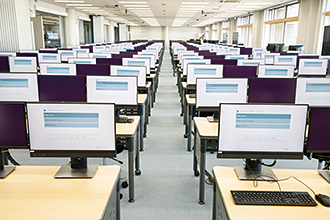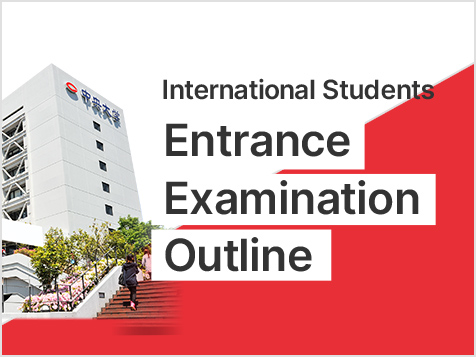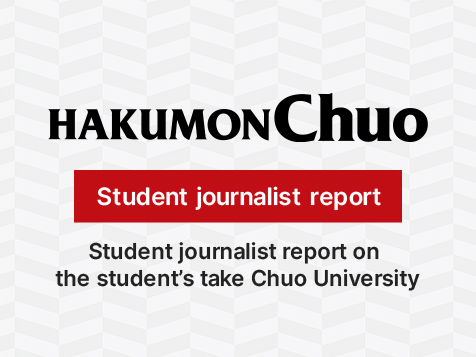Campus Life
Information Technology Environment
Information Environment
Chuo University is steadily enhancing and expanding its network environment for computers in the computer laboratories and other offices in all Faculties around a research, education, and office information processing system: the Chuo University Advanced Information Network System (CHAINS).
Center for Information Technology and Computing Services

The Center for Information Technology and Computing Services carries out care and maintenance of the information environment systems utilized in the University’s research and education activities, as well as supporting the users of these systems. Each of the three Campuses, Tama, Korakuen and Ichigaya, has an IT Center.
Services performed by all IT Centers
Carrying out the management and operation of the information environment facilities and equipment and consultations regarding their use, Chuo University network connection services based around the integrated authentication systems, and lending and management of software licensed to the university as a whole or to single campuses, including management, operation and statistical packages for various types of systems, etc.
Science and Engineering Laboratory (ICT Education System)
The Laboratory of the Korakuen IT Center is primarily used by students in the Faculty of Science and Engineering.The research and educational system, newly introduced in 2009, features IBM BladeCenterR HC10 blade server workstations as terminals for use in practical and specialized classes, as well as specialized 236 units of the IBM CP2 0Workstation Connection Device connected through the laboratory’s internal network, a major installation of these specialized terminals unprecedented among corporations and universities worldwide.
These terminals are of a compact size, comparable to an A5 sheet of paper, allowing efficient use of desk space and related academic benefits.They employ independently developed hardware technology, achieving faster graphic rendering speeds and more reliable security, helping to form a laboratory environment capable of handling highly sophisticated science and engineering classes. Without components that act as major heat sources, these terminals limit the amount of heat generated in the laboratory and reduce instances of equipment failure. In addition, the introduction of an efficient heat exhaust system for servers helps to reduce power consumption throughout the system as a whole.
In recognition of the above achievements, this new research and educational system, alone among Japanese applications, was selected in the 2009 Computerworld Honors Program (administered by a committee made up of CEOs of around 100 of the world's foremost information technology companies).









